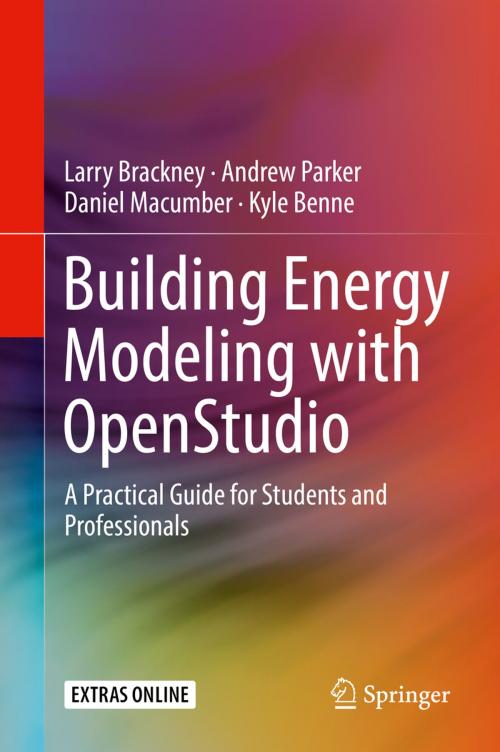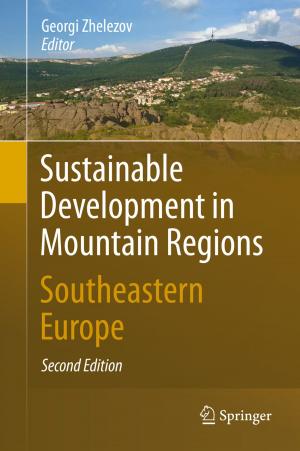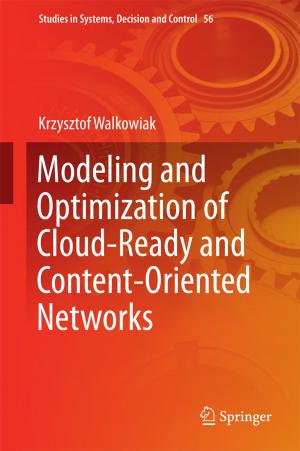Building Energy Modeling with OpenStudio
A Practical Guide for Students and Professionals
Nonfiction, Science & Nature, Technology, Engineering, Mechanical, Power Resources, Art & Architecture, Architecture| Author: | Larry Brackney, Andrew Parker, Daniel Macumber, Kyle Benne | ISBN: | 9783319778099 |
| Publisher: | Springer International Publishing | Publication: | May 15, 2018 |
| Imprint: | Springer | Language: | English |
| Author: | Larry Brackney, Andrew Parker, Daniel Macumber, Kyle Benne |
| ISBN: | 9783319778099 |
| Publisher: | Springer International Publishing |
| Publication: | May 15, 2018 |
| Imprint: | Springer |
| Language: | English |
This textbook teaches the fundamentals of building energy modeling and analysis using open source example applications built with the US DOE’s OpenStudio modeling platform and EnergyPlus simulation engine. Designed by researchers at US National Laboratories to support a new generation of high performance buildings, EnergyPlus and OpenStudio are revolutionizing how building energy modeling is taught in universities and applied by professional architects and engineers around the world. The authors, all researchers at National Renewable Energy Laboratory and members of the OpenStudio software development team, present modeling concepts using open source software that may be generally applied using a variety of software tools commonly used by design professionals. The book also discusses modeling process automation in the context of OpenStudio Measures—small self-contained scripts that can transform energy models and their data—to save time and effort. They illustrate key concepts through a sophisticated example problem that evolves in complexity throughout the book. The text also examines advanced topics including daylighting, parametric analysis, uncertainty analysis, design optimization, and model calibration. Building Energy Modeling with OpenStudio teaches students to become sophisticated modelers rather than simply proficient software users. It supports undergraduate and graduate building energy courses in Architecture, and in Mechanical, Civil, Architectural, and Sustainability Engineering.
This textbook teaches the fundamentals of building energy modeling and analysis using open source example applications built with the US DOE’s OpenStudio modeling platform and EnergyPlus simulation engine. Designed by researchers at US National Laboratories to support a new generation of high performance buildings, EnergyPlus and OpenStudio are revolutionizing how building energy modeling is taught in universities and applied by professional architects and engineers around the world. The authors, all researchers at National Renewable Energy Laboratory and members of the OpenStudio software development team, present modeling concepts using open source software that may be generally applied using a variety of software tools commonly used by design professionals. The book also discusses modeling process automation in the context of OpenStudio Measures—small self-contained scripts that can transform energy models and their data—to save time and effort. They illustrate key concepts through a sophisticated example problem that evolves in complexity throughout the book. The text also examines advanced topics including daylighting, parametric analysis, uncertainty analysis, design optimization, and model calibration. Building Energy Modeling with OpenStudio teaches students to become sophisticated modelers rather than simply proficient software users. It supports undergraduate and graduate building energy courses in Architecture, and in Mechanical, Civil, Architectural, and Sustainability Engineering.















